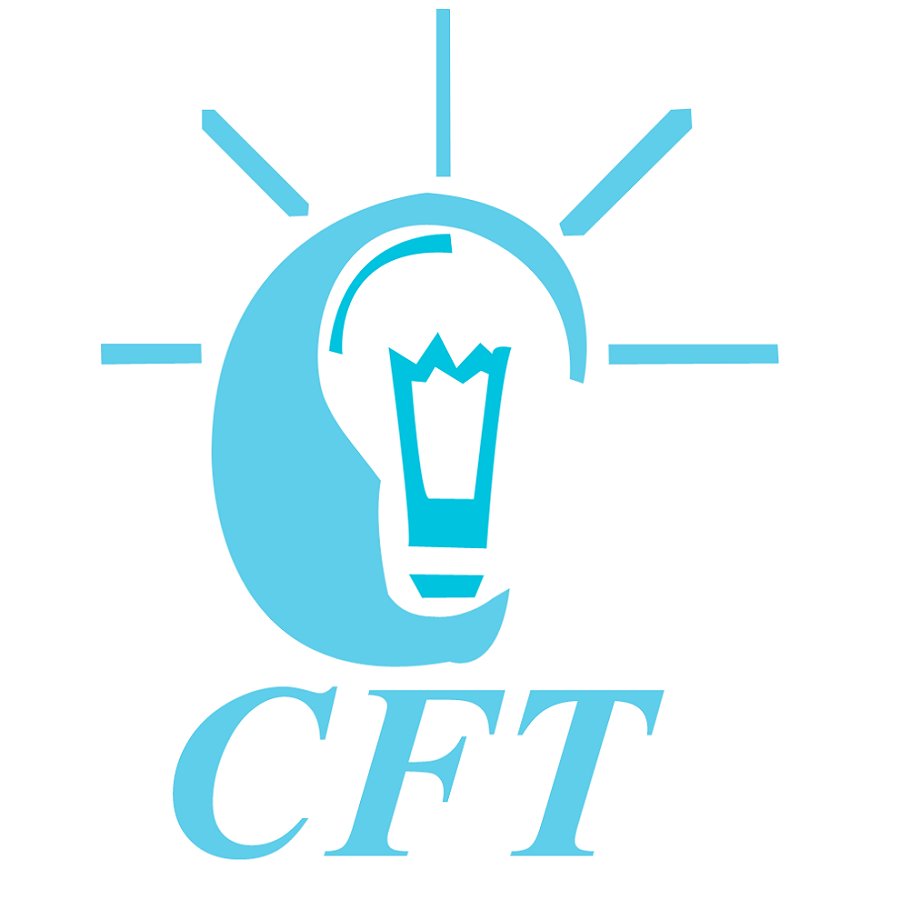live our lives on different clocks?—?biological, cultural, personal, and more. There are things we have to do and things we want to do, and often we don’t allow for enough qualitative time where we aren’t ticking off minutes but creating moments of experience.
However, we can introduce intentional creative time into our lives by being conscious of which clock we’re operating on.
Finding the Rhythm
In 1938, Professor Nathaniel Kleitman and research assistant Bruce Richardson performed a daring and dedicated science experiment. Packing not much more than food, water, two hospital beds, and measuring equipment, they ventured into Mammoth Cave in central Kentucky?—?one of the deepest, darkest cave systems in the world. A number of hideaways there are unreachable by natural light.
The pair planned to stay there for six weeks, testing out a hypothesis that the biological clock of set sleeping and waking times observed in humans (and other living beings) is innate and not coordinated by exposure to natural sunlight. They lasted 32 days in complete darkness before emerging, bringing with them a discovery that massively influenced the canon of physiological knowledge from then on: Humans perform an endogenous regime of biological timekeeping almost to the minute every day regardless of the luminosity of their surroundings. In the cave, the pair had fallen into a predictable, repeated pattern of around nine hours of sleep followed by around 15 hours of waking consciousness?—?a daily pattern shared by billions of other people around the world (adding up to about 24 hours and 15 minutes for each cycle) known as the circadian rhythm.
Sleep research later critically added to this revelation. While humans seem to have circadian rhythms that last the same amount of time regardless of the presence of light, we also seem to run them at different times. There are a variety of chronotypes?—?certain people have sleeping and waking preferences that make them more like night owls or morning larks, and it all appears to be driven by genetics, even if cultural and working practices fight hard against them.
Time Sometimes Acts Differently
Many people have experienced time feeling like it has slowed down or sped up during certain activities. This is because the complexity involved in our sensory systems wires us to be perpetually fooled about time. The brain is a capricious pilot, some might say. (Spend some quality time reading neuroscientist David Eagleman’s essay “Brain Time” for stories of such marvels.)
Psychologists have even broken down classifications of people based on how time feels to them that involve personality type, genetics, brain chemistry, culture, and other markers. The real clashes come when a polychron meets a monochron. Polychrons see time as flowing infinitely; start and end times are hazy, and schedules are unstructured. Monochrons, however, see time in discrete units to be shuffled around neatly and diligently. We surely have all seen these types at meetings where there’s a person who’s always studiously on time and a person who’s always rushing in late.
The Quality of Time Matters
Clearly within the observable reality of quantifiable time, time itself changes—it expands and contracts depending on who is experiencing it.
But how do shared rhythms and the speed at which we feel time relate to creativity? There is another factor at play: the quality of time. This is something the ancient Greeks realized and gave names to with the chronological sense of time called “chronos” and a qualitative sense of it called “kairos.” These are described aptly by McKinley Valentine:
The ancient Greeks had two words for time, and kairos was the second. … Where chronos is quantitative, kairos is qualitative. It measures moments, not seconds. Further, it refers to the right moment, the opportune moment. The perfect moment. The world takes a breath, and in the pause before it exhales, fates can be changed.
Kairos is sacred time, when the vibrancy of life is turned up and long-lasting memories are formed. As Valentine says, “There is a sense of abundance, that the universe is full of good things, there for the plucking. … It’s how a traveler can miss their flight, get food poisoning, lose their passport and still talk about the trip with shining eyes and flushed cheeks. They’re remembering kairos.”
How often, though, are we able to live within kairos time?
In a world of safe spaces and sanitized entertainment, we become shackled by the homogenization of experience. Airbnb apartments start to look the same from Groningen to Guangzhou, and online media platforms turn aesthetic trends from archipelagoes of distinction to a Pangaea of conformity. Risk is assessed and mostly avoided; we are encouraged to box things in, tick them off, and file them away.
There’s one powerful way to avoid the trap of monotonous monochronicity: Wind your clock to creative time. The act of creation, in the same way kairos operates, involves occupying a kind of alternative temporal dimension. It involves taking risks?—?having ideas and setting them free.
How Time Flows When Creating
Writing in The Art of Thought in 1926, English psychologist Graham Wallas proposed that the creative process involves four stages:
Preparation?—?identifying and defining the problem that needs to be solved
Incubation?—?processing information on an unconscious or subconscious level
Illumination?—?switching on the light bulb; the moment where all becomes clear
Verification?—?testing the idea for its utility in solving the problem
Note that this is a creative process rather than the creative process. There are various other models; this one is more objective-focused and linear than geared for divergent thinking or artistic output. In this model, verification is an important endpoint; the results have to be tested for an end goal. You could reasonably map this process out onto a calendar, chronos-style.
But let’s take a step back. The incubation stage of this model doesn’t set any parameters for time. It involves a period of rest, pausing to let the underbelly of the conscious mind work on making disparate connections, trying out theories, and seeing what sticks. And psychologist Mark Runco argues in Creativity: Theories and Themes that the verification stage is also vital because “it allows the creative individual to test and tinker.”
It can be hard to schedule time in daily life to foster the creativity in these steps?—?but not impossible. And what happens among the flicking of the metaphorical switch, the charge flowing through an invisible circuit, and the lightbulb lighting up? Serendipity.
Coaxing Serendipity
You might think of it as being lucky. Lucky people, it seems, are blessed by the vagaries of fortune on the regular. Some people find an extra leaf on their clover. Some hit a hole-in-one on their first swing. Some wake up one day to find they’ve won millions in a lottery.
But the commonality is that lucky people put themselves in a position to get lucky more often.
And it works the other way too; consider someone who’s “unlucky in love.” Haven’t their choices to pursue the same partner archetypes time after time locked them squarely in the world of bad luck?
Serendipity is a close relation to luck but not exactly the same. Luck has the impression of being positive or negative. Serendipity, though, is the wide-angle percolation of beneficial luck?—?a combination of fortunate events that may seem borne out of nowhere but really entail multiple collisions of chance over time to lead up to a singular, glorious punctuation.




























